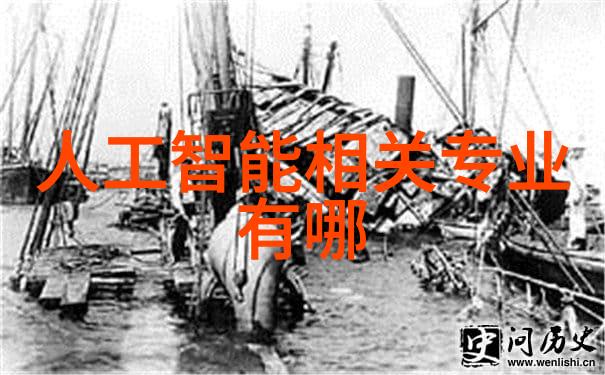重庆地区钢结构施工技术有什么特点
重庆作为中国西南地区的重要城市,其城市建设在近年来得到了快速发展,尤其是在钢结构工程领域。随着科技的进步和建筑设计理念的不断创新,重庆市在钢结构施工技术上的应用也逐渐展现出自己的特色和优势。本文将探讨重庆地区钢结构施工技术的特点,以及这些特点是如何服务于城市发展和提升建筑质量。

首先,需要明确的是“钢结构”一词指的是利用金属材料(如钢材)为主要构件,以模块化、标准化、合成化为原则进行设计制造并组装成各种复杂形状的构造体系。这种类型的建筑具有高强度、高耐久性、轻质等优点,是现代大型建筑物选择较多的一种材料形式。
重庆地形与气候条件对steel structure影响

重庆地处巴蜀盆地腹心,其地势多山峻峭,加之四季分明且气候变化剧烈,这些自然环境因素对于任何一个大型项目都有着不可忽视的地标性。在此背景下,采用steel structure不仅能够满足高楼大厦所需承载能力,还能通过精细计算,使得建造过程中减少对周边环境影响,同时提高抗震性能。
steel structure与传统砖混构相比优势分析

在现代建筑中,不同的地带可能会倾向于使用不同的建材,如北方更多采用砖混构,而南方则更偏好用木材或其他本土材料。而当考虑到节能环保问题时,steel structure凭借其可再生资源基础上提炼出的金属固体独有的特性,比如高热导率、高密度以及低自振频率,它们使得steel structure成为节能环保方面的一个亮眼选项。此外,由于它可以自由组合形成复杂几何图形,从而增强了空间效益,为不同用途场所提供了广泛可能性。
steel structure新兴市场需求与挑战

随着经济全球化程度不断提高,对绿色低碳产品和服务需求日益增长,因此对于renewable materials, such as recycled metal, has become a new trend in the construction industry. Steel is an excellent candidate for this purpose due to its high recyclability and reusability properties which make it more sustainable compared to other traditional building materials.
steel structures in heavy-industry hubs like Chongqing

Chongqing, being a major industrial center with significant manufacturing capabilities, particularly in automotive and aerospace industries, presents unique demands on structural design and engineering solutions for steel structures that can withstand heavy loads while maintaining stability during production processes.
Future development of Chongqing's steel structures industry
As the city continues to grow and expand into new areas of innovation, there will be increasing demand for advanced technologies that integrate sustainability with aesthetics while providing structural integrity needed for large-scale infrastructure projects.
In conclusion, the unique combination of geographical conditions and urban development needs has led to the emergence of distinct features in Chongqing's application of steel structures technology; from adapting to local terrain challenges through innovative designs; highlighting environmental advantages over traditional materials; addressing growing market demand for green technologies; down to anticipating future trends by integrating cutting-edge innovations within existing infrastructural developments—each aspect contributes significantly towards elevating Chongqing's standing as an international hub not only economically but also architecturally speaking.
The exploration into these aspects serves as a testament not only to the city’s ability adapt but also its potential growth trajectory—the evolving landscape of Chongqing’s architectural prowess is sure to continue captivating audiences worldwide as it pushes boundaries further forward each day onward from now until eternity—of course all these are based on our current understanding about this topic at present time frame!


